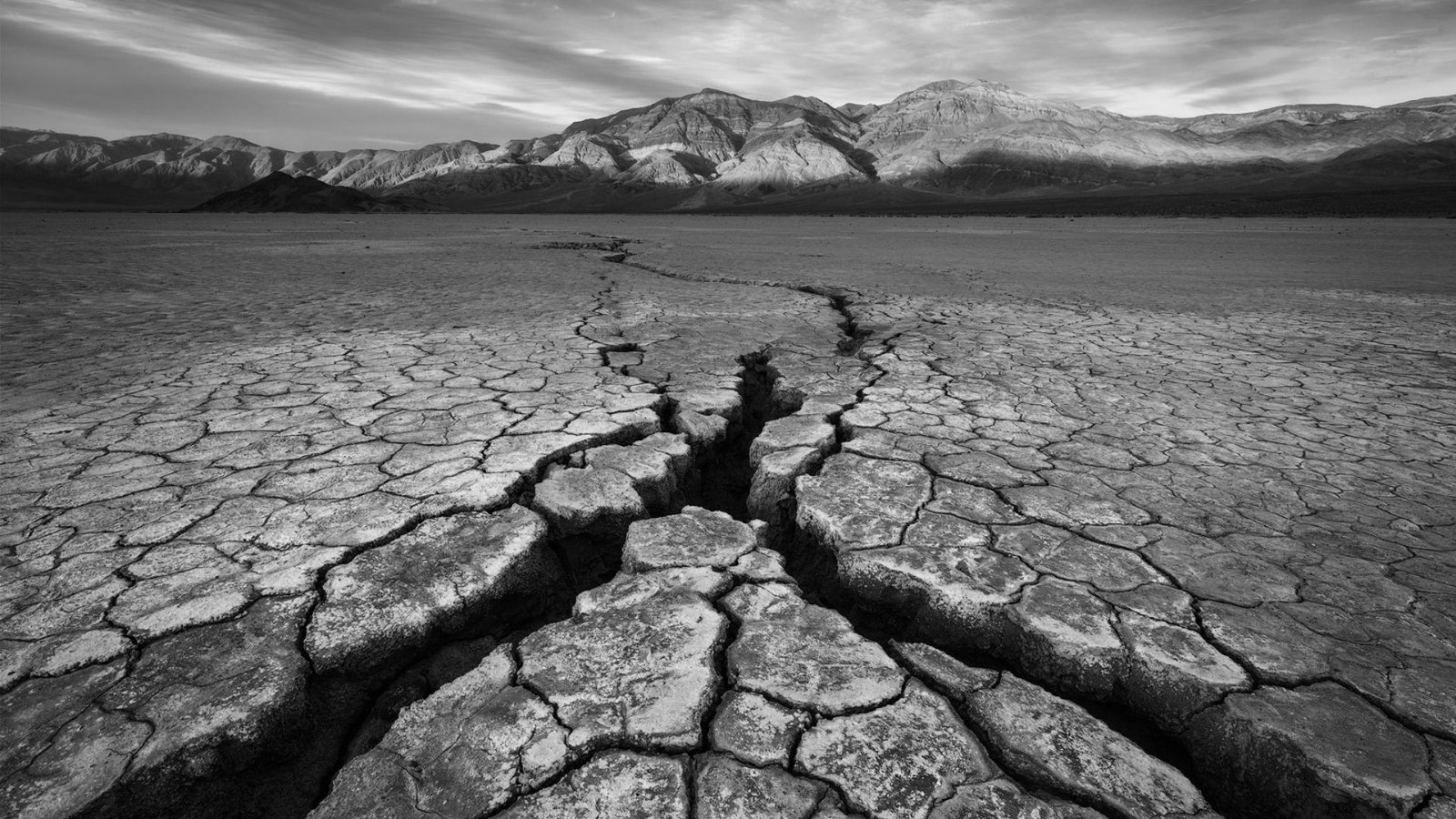Black and white photography is a classic art form that emphasizes contrast, texture, and composition. By stripping away color, it allows viewers to focus on the elements that create compelling images. Whether you’re a seasoned photographer or just starting, mastering black and white photography can elevate your visual storytelling.

Understanding Black and White Photography
The Appeal of Monochrome
- Timeless Quality: Black and white photos often evoke a sense of timelessness and nostalgia. They can transform modern scenes into something that feels classic and enduring.
- Focus on Elements: Without the distraction of color, viewers can focus on the composition, shapes, and textures in the image. This can enhance the mood and message of your photo.
Contrast and Tonal Range
- Contrast: In black and white photography, contrast between light and dark areas is crucial. High contrast can create dramatic and striking images, while low contrast can produce a more subtle, nuanced effect.
- Tonal Range: Pay attention to the range of grays between black and white. A wide tonal range provides depth and richness to your photos, while a narrow range might make the image look flat.
Techniques for Black and White Photography
Composition and Lighting
- Strong Composition: Use strong lines, shapes, and textures to create impactful black and white images. Look for patterns and structures that stand out without color.
- Lighting: Lighting plays a significant role in black and white photography. Side lighting and backlighting can enhance textures and create dramatic shadows. Experiment with natural and artificial light sources to see what works best.
Post-Processing Tips
- Conversion Methods: When converting color images to black and white, use software tools to adjust the contrast and tonal range. Tools like Adobe Lightroom and Photoshop offer various methods for black and white conversion, including channel mixers and desaturation.
- Dodging and Burning: Use dodging (lightening) and burning (darkening) techniques to enhance contrast and focus attention on specific areas of your image. This can add depth and dimension to your photos.
Subject Matter
- Portraits: Black and white portraits often emphasize facial expressions and emotions. Focus on capturing the subject’s personality and the interplay of light and shadow on their face.
- Landscapes: In black and white landscapes, contrast and texture become key elements. Look for interesting cloud formations, patterns in the terrain, and striking light conditions.
- Street Photography: Black and white street photography can highlight the raw, candid moments of urban life. The absence of color can emphasize the mood and atmosphere of the scene.
Tips for Creating Stunning Black and White Photos
Look for High Contrast Scenes
- Find Light and Shadow: Seek out scenes with strong contrasts between light and shadow. This can add drama and highlight important elements in your composition.
Focus on Textures and Patterns
- Emphasize Details: Texture and pattern become more pronounced in black and white photography. Look for interesting surfaces and repeating patterns to add visual interest.
Experiment with Different Angles and Perspectives
- Change Your Viewpoint: Experiment with different angles and perspectives to find unique compositions. Black and white photography often benefits from creative framing and vantage points.
Use Filters and Effects
- Add Artistic Touches: Consider using filters and effects to enhance the mood of your black and white photos. Sepia tones or high contrast settings can add artistic flair.
Conclusion
The art of black and white photography is about more than just removing color; it’s about understanding how light, texture, and composition come together to create compelling images. By focusing on contrast, tonal range, and strong composition, you can produce powerful and timeless photographs. Experiment with different techniques and subjects to discover the unique beauty of black and white photography and let your creativity shine through every frame.










